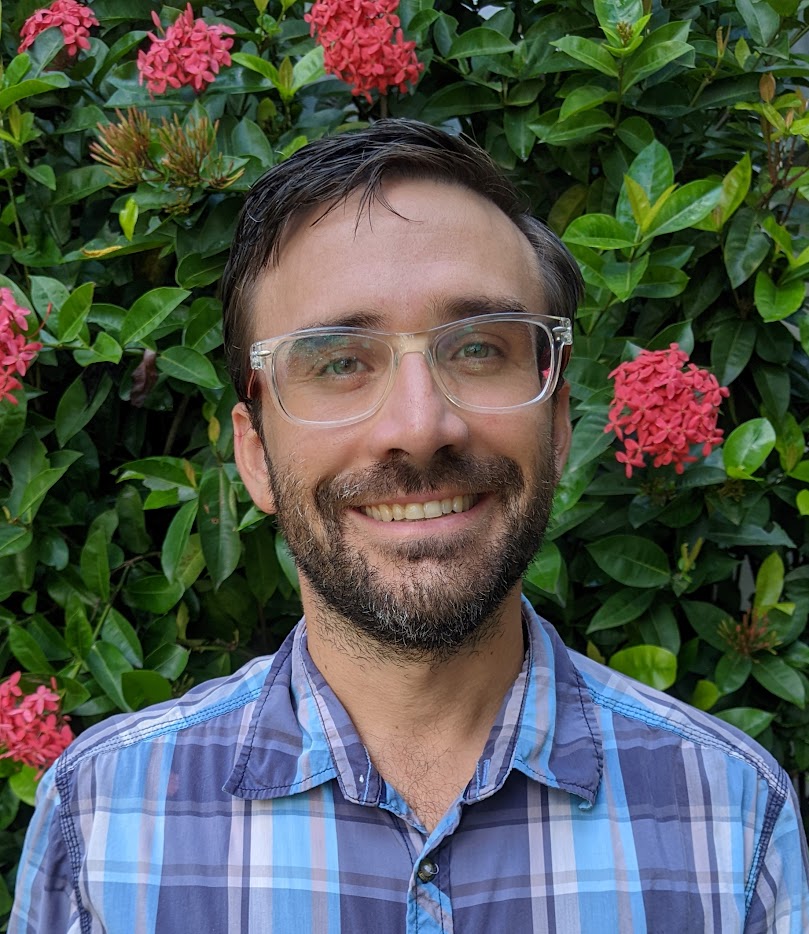
Joseph R. Hartman’s scholarship examines the intersections of landscape and architecture, urbanism, ecology, visual culture, and politics in the cultural context of the Caribbean and the Americas during the twentieth century. On a global scale, the twentieth century was a period marked by movements of nation building, urban renewals, and rapid modernization, occurring alongside a rise in US hegemony in the Western hemisphere. National identities in Latin America and the Caribbean were often negotiated around foreign cultural influences, which resulted in a major transformation of natural environments alongside shifting terms of inclusion regarding who was visible in political and civil society. Hartman's primary research deals with built environments and visual culture – landscapes, monuments, photography, commercial design, and the plastic arts – to reexamine urban space and architecture. His research looks at constructed landscapes and public space in relationship to the social limits of modern citizenship.
He is author of the book Dictator’s Dreamscape: How Architecture and Vision Built Machado’s Cuba and Invented Modern Havana (University of Pittsburgh, 2019). Hartman is also the editor of a volume of essays titled Imperial Islands: Art, Architecture, and Visual Experience in the US Insular Empire after 1898 (University of Hawaii Press, 2022). His writings have appeared in exhibition catalogs, such as the Torrance Art Museum’s Cuban Matrix, as part of the Pacific Standard Time: LA/LA initiative; and in scholarly journals, including the Journal of the Society of Architectural Historians, Cuban Studies, Cultural Politics, Journal of Cultural Heritage, The Latin Americanist, Miradas, and Hemisphere: Visual Cultures of the Americas. His research has been supported among others by the National Endowment for the Humanities, American Philosophical Society, the Graham Foundation for Advanced Studies in the Fine Arts, and the University of Missouri Research Board. Hartman is currently working on a book manuscript titled Eye of the Hurricane: Politics of Art, Architecture, and Climate in the Modern Caribbean.
Courses Taught
Highlights